2023 was not a good year to work in video games, nor was it a good year to work in media, nor was it a good year to be a person with a conscience. 2023 was just not a good year. It was also the worst year of my adult life so far, and I did not handle it particularly well. It has hollowed me.
And despite all of that, it was also the year that I moved in with my girlfriend, started my own video essay channel, and forged some of the most fulfilling friendships of my entire life. This list reflects that tension.
There are a lot of games I played, most notably The Legend of Zelda: Tears of the Kingdom, that should probably be here. However, one of the most difficult parts of this year has been the detrimental effect that my depression has had on my memory and cognitive capacity. As such, these aren't just my favorite games of the year; they’re the ones that stayed the clearest in my memory despite everything happening around them.
8. Baldur's Gate 3
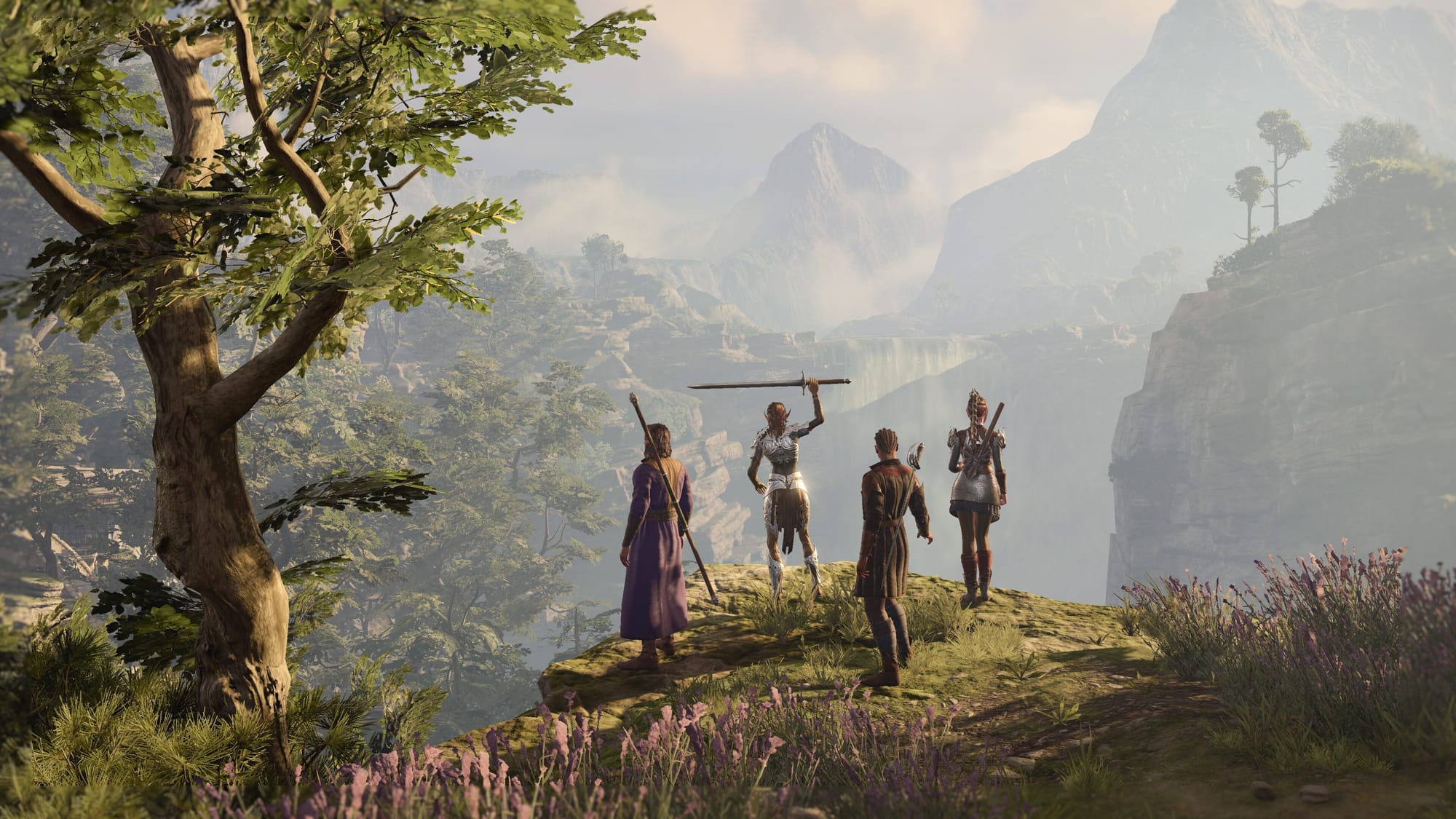
In my best moments Baldur’s Gate 3, it felt less like a CRPG and more like an immersive sim. I don't really know what to do with that. I used magical, illusory cats to lure essential NPCs to ledges before forever resigning them to their doom with a simple shove. I pretended to surrender to a priestess at the Goblin Camp so I could lure her into an isolated room where the rest of my party could break in through a hole in the wall to kill her. Eventually, I decided to start calling Karlach a "Barrel Magic Barbarian," and made her throw barrels at enemies like Donkey Kong. All of these strategies were, somehow, effective.
The developers at Larian Studios not only created a ton of systems that interact with one another beautifully but have created a world that seems to anticipate those choices — and then validate them. It’s a great improv partner in that it almost always bends to the player's will. As many TTRPG players can attest, having a GM who says yes to everything can be very fun! But that isn't what I personally go to TTRPGs for, nor CRPGs for that matter.
The most interesting CRPGs of the last decade, Tyranny and Disco Elysium, are special because of how completely they commit to their respective protagonist's perspectives. Disco’s Harry DuBois has an utterly suffocating inner life, but in that density and specificity is an opportunity for nuanced expressions of character belief. The same is true of the Fatebinder in Tyranny.
Each of these CRPGs pushed me and my characters more than Baldur's Gate 3 ever did. And yet, I cannot help but marvel at the beauty of its design. It is, without a doubt, a major technical achievement. However, it failed to get a real emotional response out of me in over 50 hours of play, and so finds itself at the bottom of my list.
7. Season: A Letter to the Future
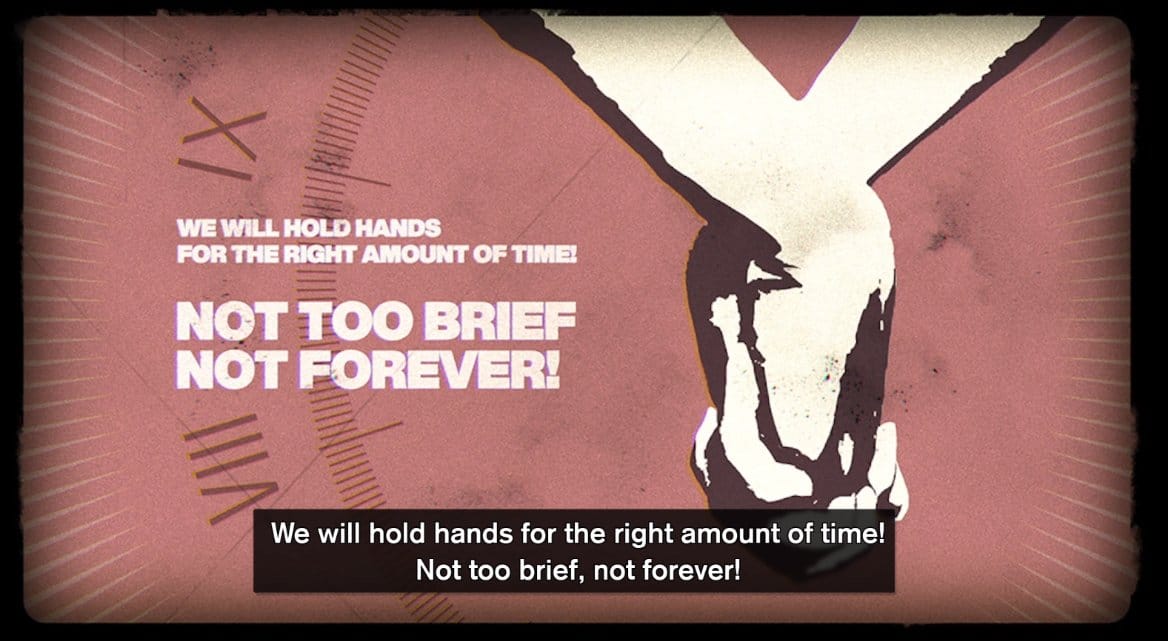
In a year where I struggled so much with depression, brain fog, and a looming sense of existential dread, it feels appropriate that Season: A Letter to the Future was the first game this year to really make me feel something. But how couldn't it? After all, it's a game about watching the end of the world.
In Season, watching the world end is beautiful. The game seems to genuinely believe that whatever comes next will be good for the people living in it. And yet, I couldn't help but leave my time with the game feeling like something was missing.
By the time you learn what is going to cause the end, it's far too late to stop it. Instead, you just have to watch and wait and hope to pick up the pieces after the fact. And, somehow, Estelle, the game's protagonist, isn't angry. Anger just isn't an emotion that Season is particularly good at handling, which is a problem for a game about the uniquely infuriating and disempowering experience of witnessing the end of a world. It ends up holding the game back from becoming one of my favorites of all time.
6 & 5. Pillars of Eternity & Pillars of Eternity II: Deadfire
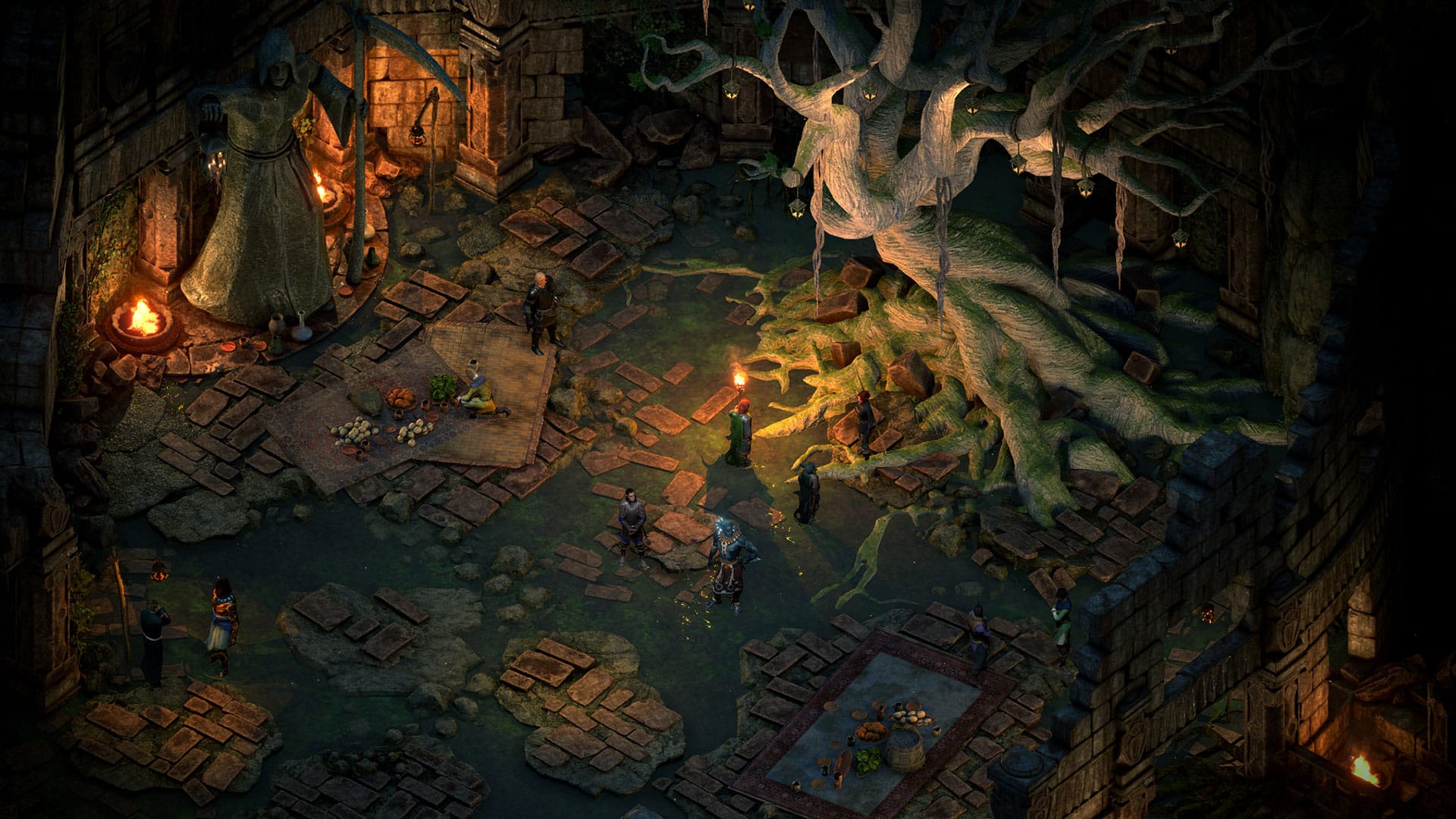
I played Pillars of Eternity on my Nintendo Switch during a severe, weeks-long depression in January 2023. In my 80+ hours with the game, it must've crashed at least two dozen times, resulting in dozens of hours of lost progress. The fact that it's on this list at all is a testament to every other part of the experience.
My experience with Pillars of Eternity and its sequel, Deadfire, cannot be separated from the story of my player character, Arren. She began as a Cipher, a person with the ability to manipulate the souls of others, and Death-Godlike, somebody born with traits resembling Berath, the God of Death. Despite beginning the game as, effectively, an atheist, she finds faith at the game's climax, during which it's revealed that the gods were made by, from, and for people. An ancient civilization found the throne of heaven empty, and to overcome their despair at an unordered universe, they decided to ascend to that throne and order it themselves.
When confronted with a meaningless world, people chose to fill it with meaning. Even if that meaning was flawed, there is something worth believing in there. So, following a five-year time-skip, I began Pillars of Eternity II: Deadfire as a Cipher-Priest, a decision that the game immediately rewarded by killing me with a living god, instantly triggering a crisis of faith made further relevant by Xoti, my choice of romance. She’s a devout priestess of Gaun (Pillars of Eternity's other god of death), and her story revolves around her own struggles with faith, as she debates between two radically different interpretations of the same god and her role in the cycle of life and death. Navigating the complexities of maintaining a relationship between two different priests experiencing two completely different crises of faith, based on two entirely different understandings of what gods are stands out as one of my favorite role-playing experiences ever.
Where Baldur's Gate 3 successfully predicted my character's actions, Pillars of Eternity feels like it successfully predicted my character's perspective — something that Baldur's Gate 3 routinely failed to do. This is due in large part to luck. My personal interests and Pillars of Eternity's narrative preoccupations just so happen to align with one another. And that's fine!
I think that CRPGs, like the TTRPGs that inspired them, are at their best when they can facilitate collaborative storytelling between a player and the game itself. The Pillars of Eternity series just so happened to be the perfect collaborator for the story that I wanted to tell.
4. Alan Wake 2
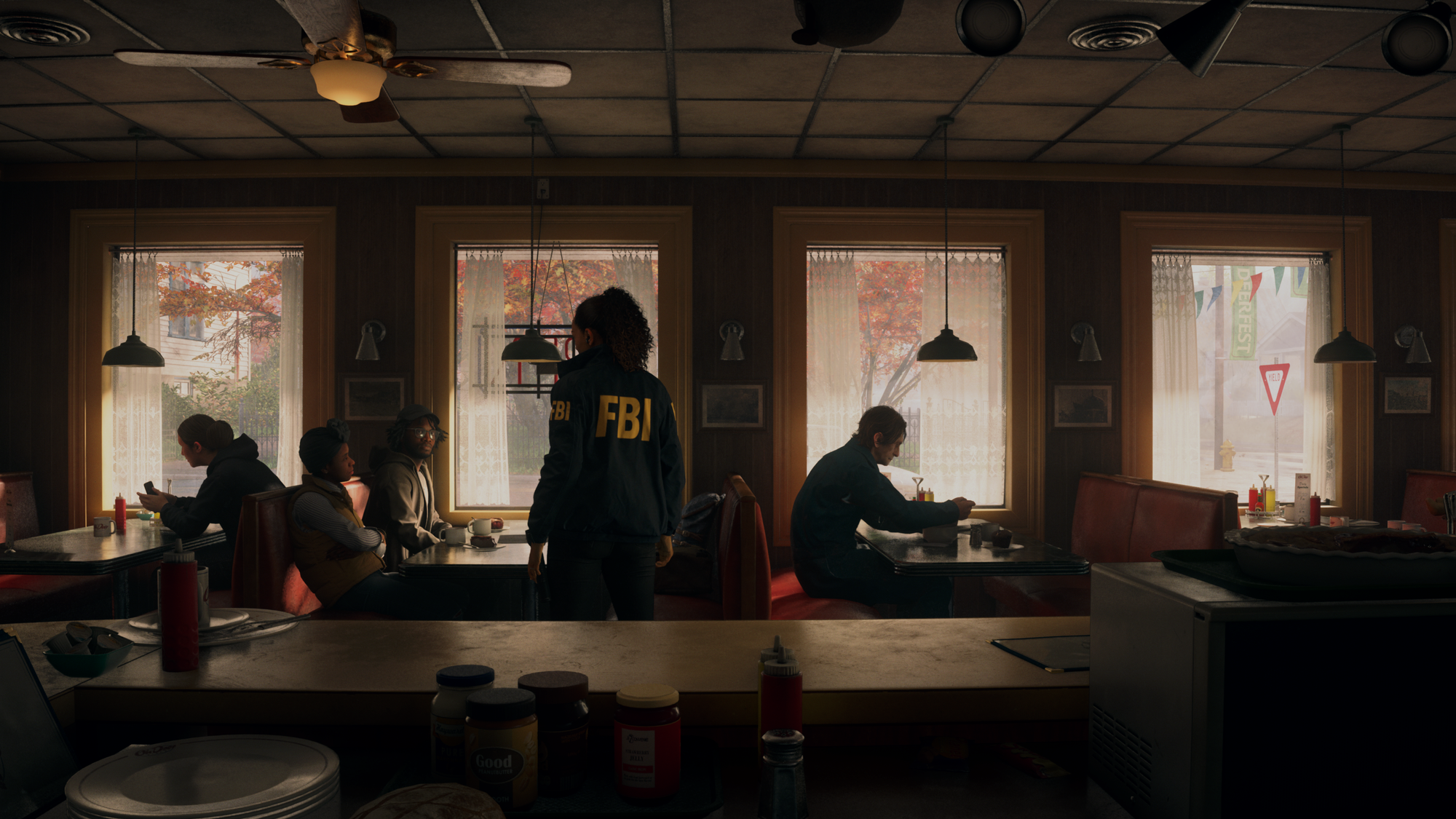
Alan Wake 2 is the game of the year. It may not be my game of the year because I haven't finished it yet, but it is the game of the year.
If I didn't know Remedy's track record I would call Alan Wake 2 a miracle. I'm still not entirely sure how anybody, even Remedy, made this game. Every aspect of the studio's house style is firing on all cylinders, creating one of the most visually cohesive games I've ever played, with some of the most characterful writing I've ever seen in a video game (I also think that the game's combat is good, actually [for real this time!], but I've always been an Alan Wake Combat Defender, so my opinion doesn't hold much weight here).
But more than being well written, Alan Wake 2 pushes its relatively simple narrative design tools to their absolute limits with the Writers Room and Mind Place. These locations managed to not only act as effective summary and plot delivery tools but also as a way of teaching players the types of questions they should be asking about the game's world and narrative.
And Alan Wake 2 is constantly giving me new questions to ask about its world. I can't wait to return to the game and answer them.
3. Signalis

I might've played Signalis in 2022, but the game continued to haunt me in 2023.
Before Alan Wake 2’s release, I would've said that Signalis had the best visual design of any game I had ever seen. Now, it’s tied for the best visual design of any game I have ever seen. Then it couples that visual design with some of the meanest survival horror level design I’ve encountered in recent memory. Routes through facilities are just inconvenient enough to evoke a sense of real dread and tension, but not so inconvenient as to disincentivize exploration or backtracking. And backtracking is important, given the extremely limited, six-item inventory.
Then, late in the game, the rules of the world start breaking. Doorways begin to lead, impossibly, to a different room than they did before. Thanks to the game's distinctive, montage-heavy editing style, these moments feel less like a break in physical contiguity and more like lost time — as if our main character, Elster, has forgotten herself while wandering the mines.
And, like Alan Wake 2, Signalis pairs that cohesive visual style and top-tier level design with some of the best storytelling of the year. It also manages to directly reference, and even borrow entire plot beats, from Silent Hill 2 without losing its own identity.
In a year plagued by creative doubt, an inability to meaningfully engage with art, and depression-induced brain fog, Signalis managed to consistently cut through the noise in a way that virtually nothing else has.
2. Caves of Qud
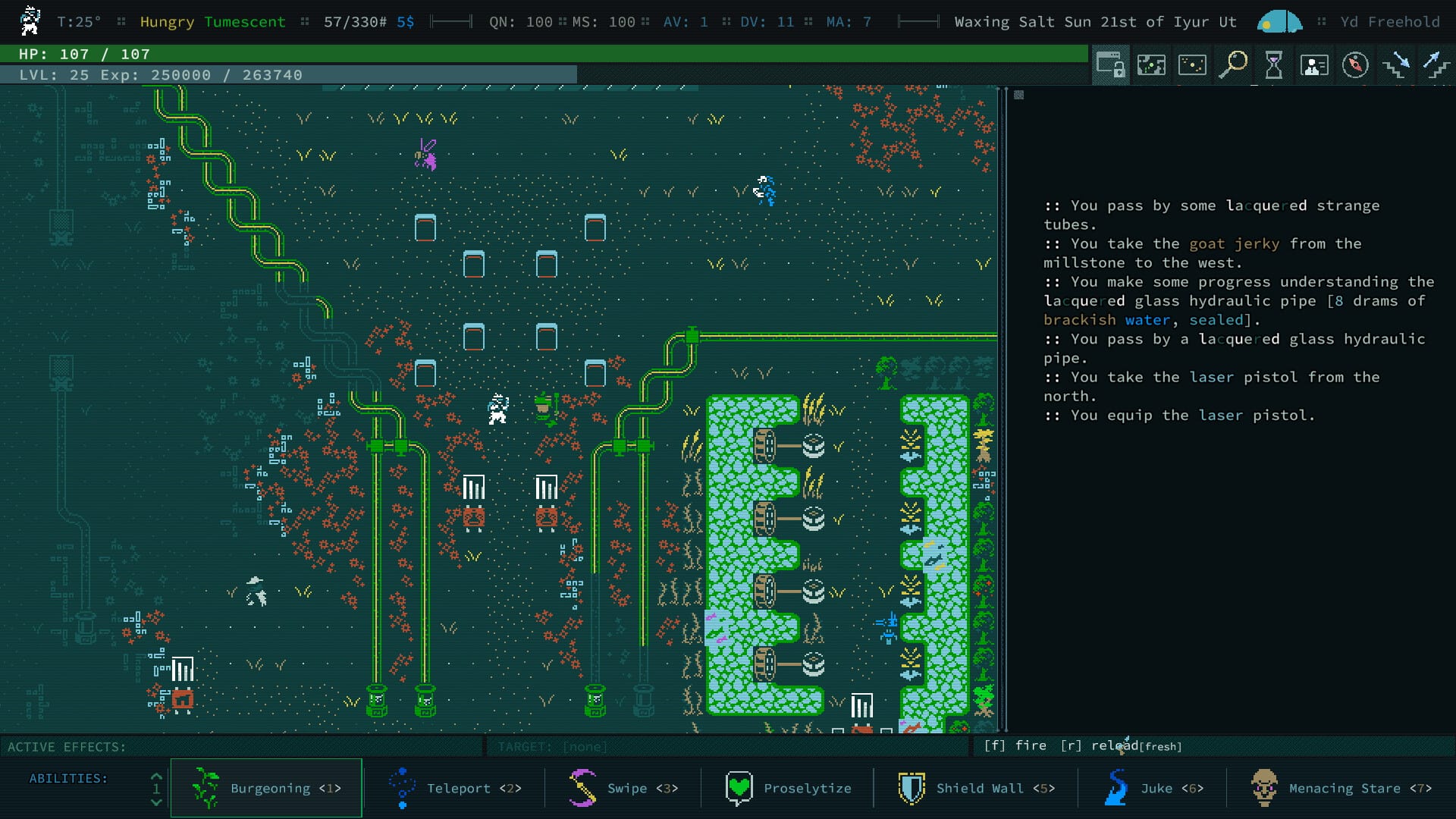
Caves of Qud will probably be my Game of the Year in 2024 (unless Capcom successfully manages to outdo my expectations for Dragon's Dogma 2). It is the best traditional roguelike ever made. But more than being an excellent game that happens to be a traditional roguelike, Caves of Qud uses the structure and design language of those games to communicate something about its world.
I spent over 200 hours playing it without even touching the game's tinkering mechanics. In almost any other game, a player successfully ignoring a system for over 200 hours would be a sign that something has gone horribly wrong. Thankfully, in the case of Caves of Qud, that ignorance is a signifier of the breadth and depth of its systems. It also highlights how, like other RPGs, Qud's systems open and close to different characters depending on their build. Your stats, body parts, and mutations define the types of systems that'll be available to you. Even if you have the most min-maxed characters, you'll never be able to master, or even touch, all of the game's mechanics with a single character.
Where other traditional roguelikes treat build variety like a powerful game design tool, Qud sees it as something genuinely beautiful. To paraphrase the game's 1.0 announcement trailer. "In a world where everything thinks, where everything feels," there are many ways to be alive. And that is a good thing. This perspective is clear all the way down to the game's prose, which describes the vast majority of creatures that fill its world with as much reverence and joy as it does horror and awe.
Like those creatures, Caves of Qud isn't just greater than the sum of its parts; it reveals that there isn't one definitive sum at all. There are far too many ways to experience Qud for that math to be so simple. Instead, there is an unimaginably vast array of sums, in each of which one can find something beautiful.
And it’s not even finished yet.
1. Armored Core VI: Fires of Rubicon
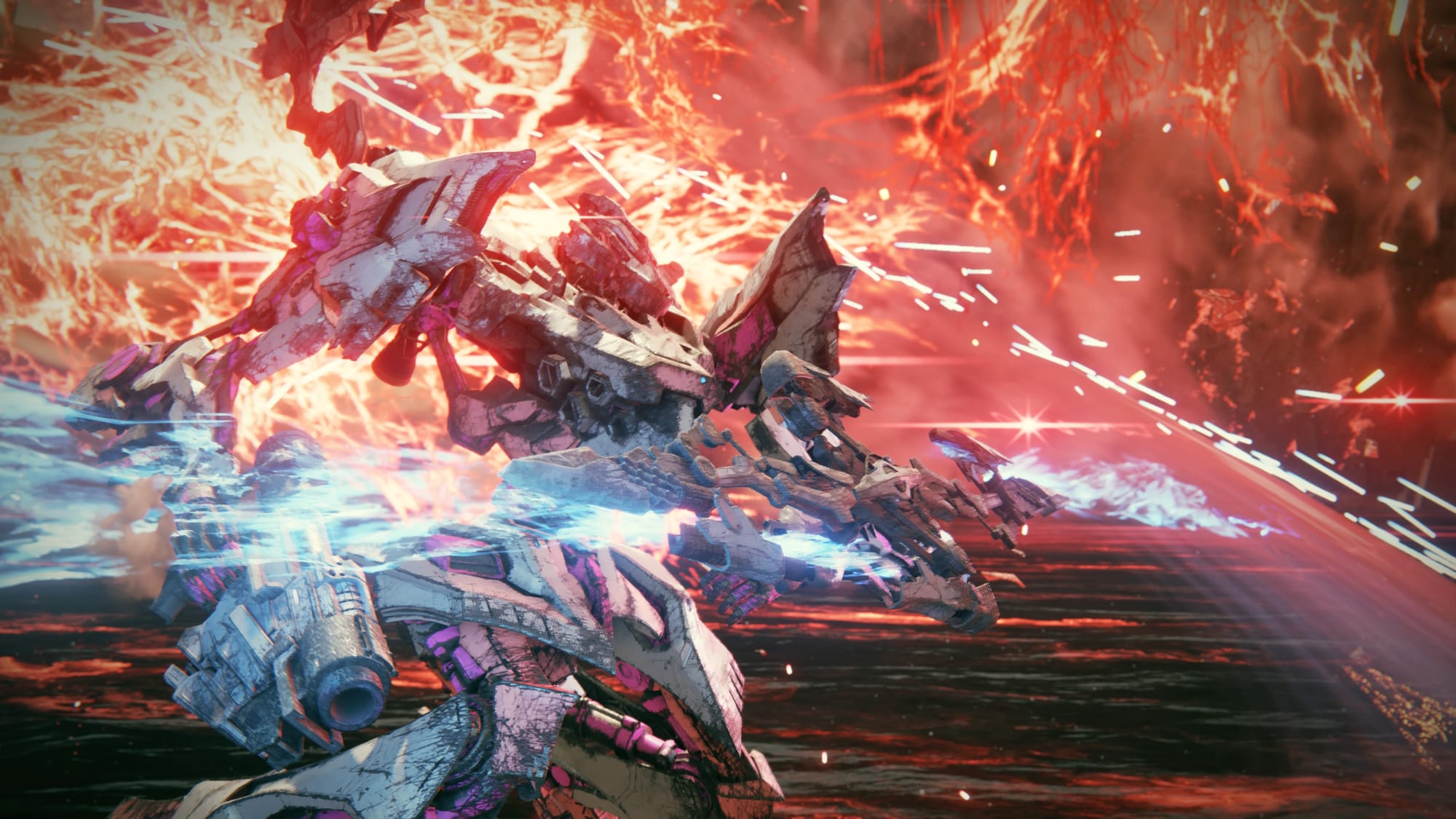
Armored Core VI: Fires of Rubicon feels like it was made for me. From its thematic preoccupations to its game feel and mecha aesthetics, it represents almost everything I love and find fascinating about mech fiction. I have spent the last three months trying to untangle what exactly it's doing, and I still haven't managed to do so. So instead, let me tell you about the game's cruelest trick.
Spoilers follow for all three playthroughs of Armored Core VI.
Your character's title, Raven, is a name given to mercenaries said to have the "will to choose" their own destinies. You steal that name from the only wrecked body you can find with a valid mercenary ID. This is at the request of a man named Walter who is holding your body hostage in order to force you to act as his living weapon, and who repeatedly calls you a dog to your face. However, at several points throughout the game, he tells you that he is leaving some decision or another in your hands. He tells you that you have a choice, one that he'll respect. And without fail, he does.
In the game's third chapter, you're given a mission to attack a fueling station, and Walter tells you that your job is to act as a walking advertisement for independent mercenaries willing to side against the PCA. He does not like this, but it’s in this mission that you most clearly fulfill the social function of Raven — not a pilot with the will to choose but a pilot chosen by the system to represent the promise of that choice.
Because, at the end of the day, you're still acting as an independent mercenary, and your choices are limited by the structure of that system. This becomes explicit in the game's third route, during which you are contacted and hired by AllMind, the AI that runs the fictional operating system in the game's garage. In the end, it's AllMind, the mercenary support system, that decides to commit to Coral Release. You just happen to be the catalyst for it all. And even after Coral Release, you wake up in the body of an AC. To make sure you get the point, the game's final lines are "Activating Combat Mode."
In a world where the only thing you can be is a gun, the only choice to make is who you shoot. Get it? You were never a raven. You were a dog with wings.
